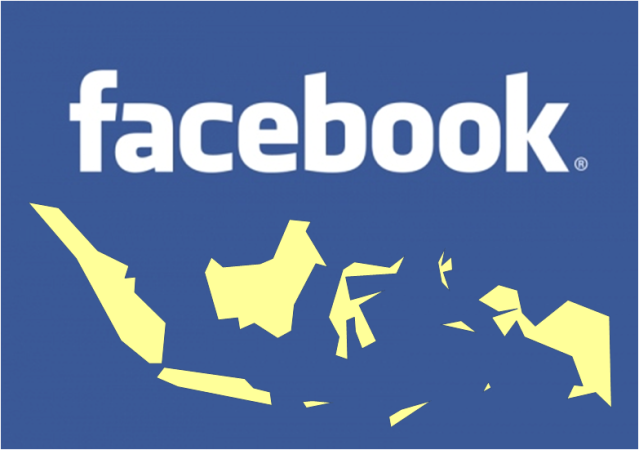Much has been said of the importance of social media to the protests taking place across the Middle East. Protest organizers were able to use Facebook to promote demonstrations to a much larger audience than they could have otherwise. Once revolutions were underway in some countries, social media provided a way to communicate to the world.
In Egypt, protesters were able to use Facebook, Twitter, Youtube, and other media channels to communicate their side of the story to the world. As a result, politicians, journalists, and individual citizens in the West had no need to listen to Egypt’s state-owned media, because they had direct access to the Egyptian people’s unfiltered opinions. It’s possible this impacted Western governments’ decision to abandon Mubarak.
According to data-gathering site Socialbakers, Egypt has 5.7 million Facebook accounts. That’s only 7% of the population, although in a densely populated country with large family and other (traditional) social networks, it was enough to make a difference.
This leads to a larger point – social networking is becoming huge in emerging markets. I bet you don’t know which country has the second most Facebook users after the United States. It’s not Japan. It’s not Germany. It’s not the United Kingdom. And no, it’s not China, where Facebook is blocked by the government’s censors.
No. 2 is Indonesia, which has 35 million avid Facebook users, up 29% in the last six months. Socialbakers also reveals that Turkey is No. 4, followed by the Philippines, India, and Mexico. Indeed, 15 of the top 25 largest Facebook countries are emerging markets. Check out the table below (emerging market countries are shaded in blue).
Not only middle-class Indonesians are using Facebook. This article documents use of the social networking site by street children. And an overwhelming majority of the usage is by phones, rather than the fixed Internet. It helps that phones and service are cheap. Since only 15% of Indonesians are using Facebook (compared to 50% in the US) it is reasonable to expect rapid growth to continue for some time. Also, it’s important to note that Indonesia is one of the poorest emerging markets, with per capita income around $5,000. (This compares to $14,000 in Mexico, and $47,000 in the United States).
There are some obvious implications. Application designers will benefit greatly from releasing their software in Bahasa Indonesian, Turkish, Tagalog, and other languages.
Also, businesses in consumer-facing industries will need to incorporate social media into their marketing strategies. In the West, people’s eyes are distracted by many screens (TV, desktop, laptop, iPad, smartphone) as well as other media (e.g., magazine subscriptions). In emerging markets, the phone and the TV may be the only channels. And if Indonesia is a trend-setter, social sites will collect a disproportionate amount of viewing time.
There’s a final point. Emerging markets tend to have much younger populations. The median age of the 15 emerging markets in the above table is 28, compared to 40 for the 10 developed countries. Young people are the most avid social network users, so it naturally follows that social media will be relatively more influential in younger countries.
Written by David Gates for Emerging Markets Blog
Follow @davidegates

